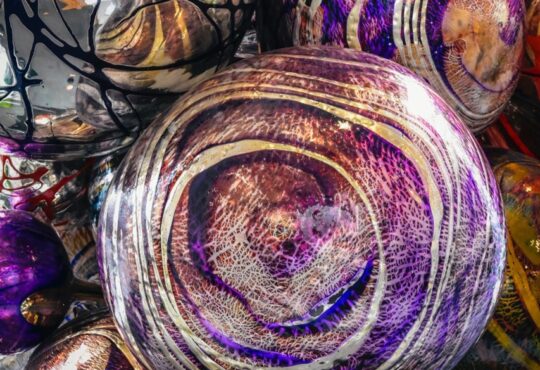
The Significance and Impact of Artificial Christmas Trees in Church and Charity
The History and Evolution of Artificial Christmas Trees
For centuries, Christmas trees have been a beloved symbol of the holiday season. However, it wasn’t until the mid-19th century that artificial trees became popular. Initially made from feathers and goose quills, these early trees were expensive and inaccessible. But as manufacturing techniques improved, artificial trees became more affordable and realistic-looking, quickly gaining popularity in homes and public spaces.
The Role of Artificial Trees in Churches and Charities
Today, artificial trees play a significant role in many church and charity organizations. For churches, artificial trees offer a practical solution that can be used year after year, providing a consistent focal point for holiday celebrations. In particular, they are a popular choice for non-denominational or multi-faith spaces that may not have specific religious symbols to draw upon.
Charities also benefit from artificial trees, which can be decorated and auctioned off to raise funds. Some organizations even have large-scale events where multiple trees are displayed and raffled off, offering a fun and festive way for people to donate to a good cause. Additionally, using artificial trees reduces the need to cut down live trees, which can harm the environment.
Beyond their practical uses, artificial Christmas trees also have symbolic meaning in the context of church and charity. For example, some churches use the lighting of the Christmas tree as a way to celebrate the baptism of new members. Similarly, charities may view the tree as a symbol of hope and goodwill, representing the spirit of giving and generosity that defines the holiday season.
As with any holiday tradition, there are pros and cons to using artificial trees in these settings. While they are cost-effective and convenient, some argue that they lack the warmth and authenticity of a real tree. Others may feel that using artificial trees removes the traditional meaning and reverence associated with Christmas. Ultimately, the decision to use artificial trees in a church or charity context is up to the individual organization.
In conclusion, artificial Christmas trees have become an integral part of holiday celebrations for many families and organizations. From their humble beginnings as handmade decorations to their modern-day use in churches and charities, these trees hold a special place in the hearts of many. Whether you prefer a real tree or an artificial one, the important thing is the joy and togetherness that comes from sharing the holiday season with loved ones.



